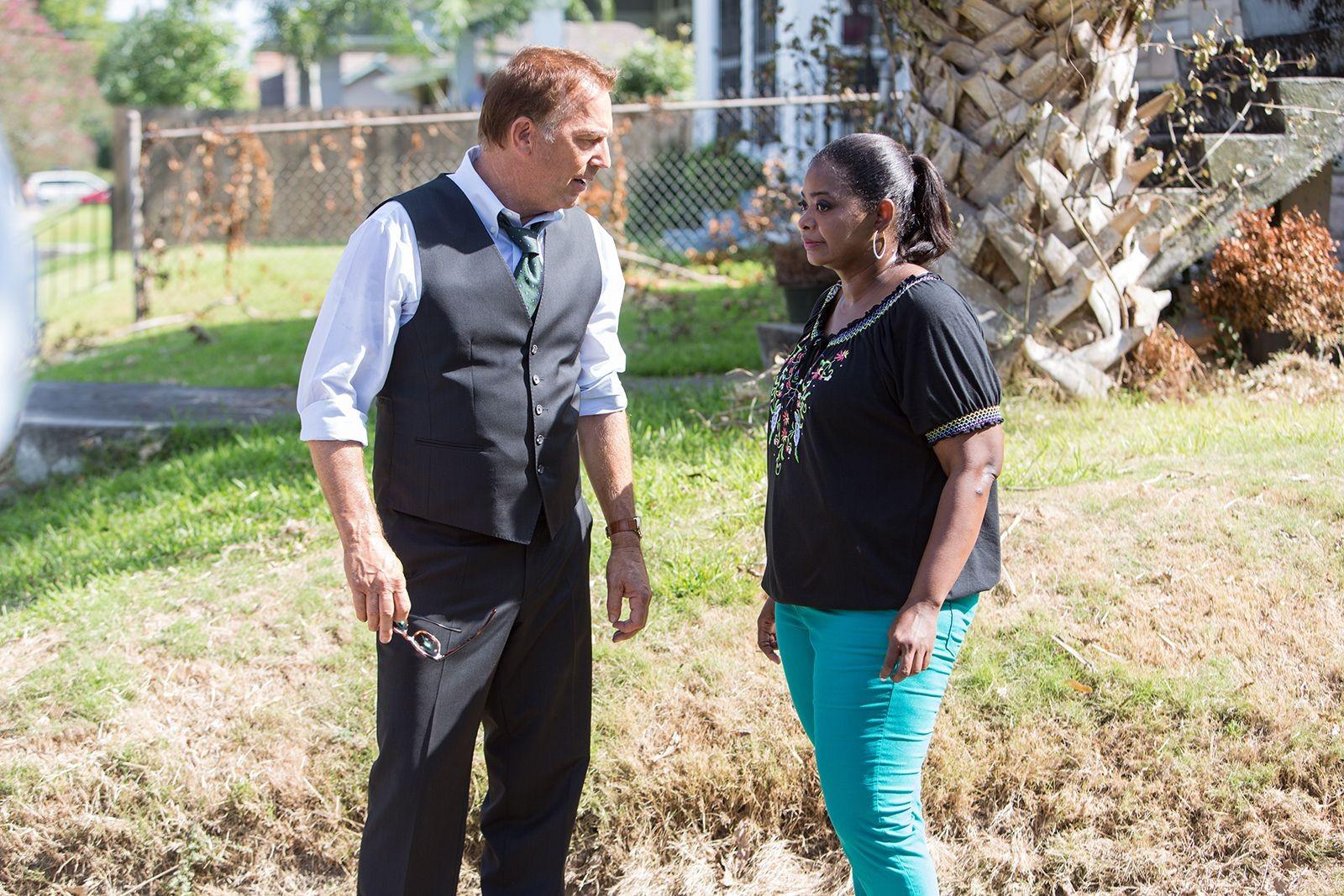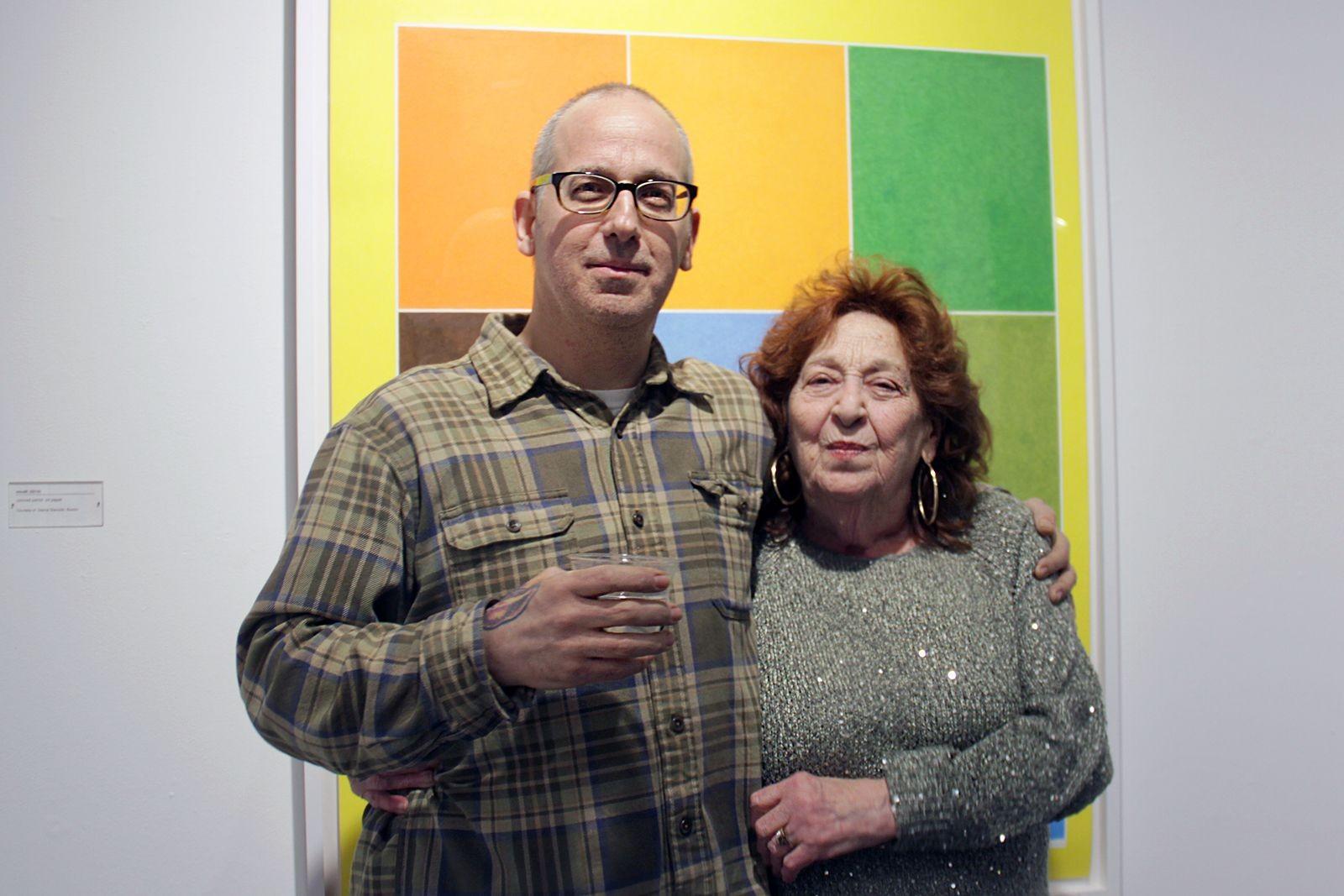A viewer of Boston University’s On Broadway production of ‘HAIR’ this past weekend might have mistaken the show for a Broadway performance on 42nd Students brought the musical about long-haired hippies, racial and religious stereotypes, and the political upheavals of the Vietnam War to life inside of the College of Arts and Sciences.
The story follows a cast of 21 ‘tribe’ members who live on the streets of New York City. Berger (Chris Behmke), the wild drugged-out teen, Claud (Alex Shuck), a school-boy drop-out and Sheila (Nikki Sorrentino), the invigorating protester, make up the three main characters of the tribe. Set in 1968, the U.S. military drafts all of the men from the tribe, and they burn the draft cards at a public burning, except Claud, who struggles with his identity and finds his drug-doing hippie life unsatisfying.
On opening night, every seat was sold in the Tsai auditorium of CAS and subsequent performances only left a handful of seats empty. The 13-piece orchestra warmed up, playing sections of the musical score. Prior to opening, Jamon Maple (CFA ’09) waved from the pit to audience members. Philip Byron (COM ’09), director and resident choreographer, vanished through a stage-right doorway.
The show mastered every aspect: music ‘-‘- both instrumental and vocal ‘-‘- directing, acting, stage design, choreography, and lighting. Near the beginning, Shuck experienced a microphone mishap, but the hiccup was neglected by audience members and the show continued without another technical interruption. Although each performer used a wireless microphone, the clarity of words occasionally vanished due to the overpowering volume of the orchestra.
The tribe moved as one organism with many fluid motions. Each character invited the audience to join each scene, whether incorporating the audience in the scene through pure emotion, or delivering roses or campaigning for the rallies by handing flyers to the audience. All in all, the acting was raw and spontaneous. The actors took risks and delivered lines and lyrics with devotion; not a single individual dropped character.
The musicality impressed the audience, as Behmke and Shuck harmonized and blended into a perfect sound in the main song, titled ‘Hair.’ Shuck sports powerful lyrics and sweet tones showing the vulnerability and uncertainty of his character. Sheila’s character shows off Nikki Sorrentino’s versatility as an actress, as she transforms from a smiley and excited quasi-girlfriend to a hurt young woman after an unexpected facial slap delivered by Behmke’s Berger. His real emotion and abuse toward Sorrentino caused the audience to gasp. This energy spills into the song ‘How Can People be so Heartless.’
‘You could really feel the connection between everyone on stage and the audience,’ Sorrentino said.
The minor characters, sometimes playing roles within Claud’s hallucinations, brought energy and talent equivalent to that of the leads. At some points, the audience felt these minor roles more impressive than the leads of the show. The audience raved about the girl singing ‘White Boys,’ the boy playing the animal-like character and the girl portraying Abraham Lincoln. Others walked away talking of the pregnant girl enamored with Claud and her convincing role about ‘Air.’
The stage design and lighting reference themes. The American flag painted images of mockery and false importance. The work of the lighting crew showed the anti-war nature of the production through the burn drum. A blanket of red light covers the stage as two center lights flash with an amber-yellow glow above, strategically placed to enhance the burning of the draft cards. The lighting flashes blue when Claud does not burn his card.
The 12-foot papier-m’acirc;ch’eacute; tree gave a focal point and represented the life of the tribe. Lighting made the drug scenes real, taking the audience on a trip of the senses with bright white lights contrasted with wild colors.
Whether or not the effect was intended, the colors exaggerated each racial stereotype with a bright red background for a Native American scene, and a blue backdrop for Civil War Union soldiers. Props also gave distinction to the scenes. One instance uses protest signs reading, ‘Save Water, Shower Together’ and ‘Drop Acid not Bombs.’
The musical opened with a strong, yet subtle opening. A single spotlight illuminated the soloist stage right. As she delivered her first line from ‘Aquarius,’ the curtain rose, introducing the cast and stage design. The show concluded with a strong medley of hope and power, ‘Let the Sun Shine In.’ The audience left uplifted, now more aware of the arbitrary nature of war and man’s ill-conceived judgments of other peoples.
Assistant Music Director Jonathan Brenner (CFA ’12) was moved to tears at the end while hugging patrons.
‘Everyone just needs to keep up the same energy for tomorrow night,’ Brenner said. ‘It was a beautiful performance.’
Byron explained his enthusiasm about the final product.
‘It was incredibly gratifying to see their energy strengthen in front of the three receptive audiences,’ Byron said. ‘I am so proud and thankful of everyone’s hard work in all areas of the production.’



























































































































